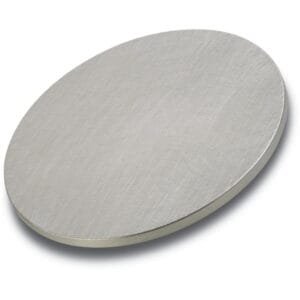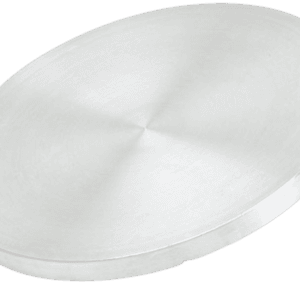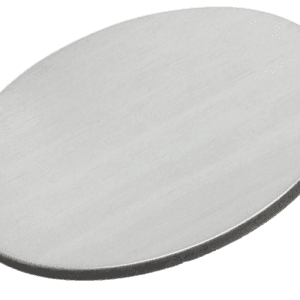Potassium Sodium Niobate Sputtering Target Description
Potassium-Sodium Niobate sputtering targets are distinguished by their exceptional performance in the semiconductor and electronics sectors, thanks to their superior electrical properties. Their chemical stability during film preparation ensures consistent performance under various environmental conditions, enhancing their versatility.
The unique alloy combination of these targets provides the ability to adjust physical properties, which is crucial for tailoring thin films to meet specific application requirements. This feature is particularly valuable across a range of industries, including semiconductors, electronics, and optics. The adaptable nature of Potassium-Sodium Niobate sputtering targets makes them essential for advancing thin film deposition technologies and supporting innovations in high-tech applications.
Related Product: Potassium Niobate Sputtering Target, Potassium Sputtering Target
Potassium Sodium Niobate Sputtering Target Specifications
| Compound Formula | KNaNbO3 |
| Appearance | Grey Target |
| Available Sizes | Dia.: 1.0″, 2.0″, 3.0″, 4.0″, 5.0″, 6.0″ Thick: 0.125″, 0.250″ |
Potassium Sodium Niobate Sputtering Target Handling Notes
Indium bonding is recommended for Potassium-Sodium Niobate sputtering targets due to their inherent characteristics, such as brittleness and low thermal conductivity, which can impact sputtering performance. The low thermal conductivity and susceptibility to thermal shock make indium bonding an effective solution to enhance the stability and efficiency of these targets during the sputtering process.
Potassium Sodium Niobate Sputtering Target Application
Potassium Sodium Niobate Sputtering Target Packaging
Our Potassium-Sodium Niobate sputtering targets are meticulously handled throughout storage and transportation to ensure they maintain their quality and arrive in pristine condition.
Get Contact
TFM’s Potassium-Sodium Niobate sputtering targets are available in a variety of forms, purities, and sizes. We specialize in manufacturing high-purity physical vapor deposition (PVD) materials with maximum density and minimal average grain sizes, suitable for semiconductor, chemical vapor deposition (CVD), and PVD applications in display and optical technologies. Contact us now to make an inquiry.


 MSDS File
MSDS File



Reviews
There are no reviews yet.